Compared to mung, masoor, chana, or tur, kulthi dal is one of the “not so common dal” in our kitchen. It is underutilized yet packed with nutrition and energy. It helps to provide so much power that it used to use as horse feed before races. That is why it’s also known as horse gram.
It requires approx 25-30°C and 50-80% humidity to grow the plant which allows it to grow easily in the dry areas without much effort. Since kulthi is grown almost all over India, it has various names –
Table 1: Names of Kulthi dal in a different state
| State | Name |
| West Bengal | Kulthi kalai |
| Bihar, Madhya Pradesh, Uttar Pradesh, Rajasthan | Kulthi |
| Odisha | Kolatha |
| Punjab | Rarath |
| Gujrat | Kalathi |
| Maharashtra | Kuleeth |
| Karnataka | Hurule |
| Kerala | Muthira |
| Tamilnadu | Kollu |
| Andhra Pradesh / Telengana | Ulavalu |
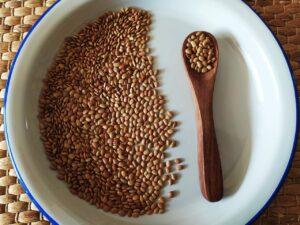
Kulthi dal: Nutrition
It is evident that Kulthi dal is loaded with nutrients, energy, and other phytonutrients. It is high in protein, fiber, iron, calcium, and other minerals. Table 2 will give you a detailed understanding of the nutritive value of kulthi dal.
Table 2: Nutritive value of Kulthi dal (per 100 g of edible portion)
| Nutrients | Amount |
| Energy | 321 kcal |
| Carbohydrate | 57.2 |
| Protein | 22 g |
| Fat | 0.5 g |
| Dietary Fibre | 5.3 g |
| Iron | 6.77 mg |
| Calcium | 287 mg |
| Phosphorous | 311 mg |
| Carotene (vitamin A) | 71 ug |
| Thiamin (vitamin B1) | 0.42 mg |
| Riboflavin (vitamin B2) | 0.20 mg |
| Niacin (vitamin B3) | 1.5 mg |
| Vitamin C | 1 mg |
| Magnessium | 156 mg |
| Sodium | 11.5 mg |
| Potassium | 762 mg |
| Copper | 1.81 mg |
| Manganese | 1.57 mg |
| zinc | 2.8 mg |
Source – Nutritive value of Indian food, C. Gopalan, NIN, 2016
The amino acid profile of Kulthi dal is also very impressive. It is rich in all the essential amino acids except tryptophan. A comparison of its nutritive value with few other common legumes will give you much clear picture.
Table 3: Comparison of key nutrients of Kulthi dal with other common legumes
| Nutrient | Mung dal (Yellow) | Masoor dal | Tur dal | Chana dal | Kulthi dal |
| Energy (Kcal) | 348 | 343 | 335 | 372 | 321 |
| Carbohydrate (g) | 59.9 | 59 | 57.6 | 59.8 | 57.2 |
| Protein (g) | 24.5 | 25.1 | 22.3 | 20.8 | 22 |
| Fat (g) | 1.2 | 0.7 | 1.7 | 5.6 | 0.5 |
| Fiber (g) | 0.8 | 0.7 | 1.5 | 1.2 | 5.3 |
| Calcium (mg) | 75 | 69 | 73 | 56 | 287 |
| Iron (mg) | 3.0 | 7.58 | 2.7 | 5.3 | 6.77 |
Source – Nutritive value of Indian food, C. Gopalan, NIN, 2016
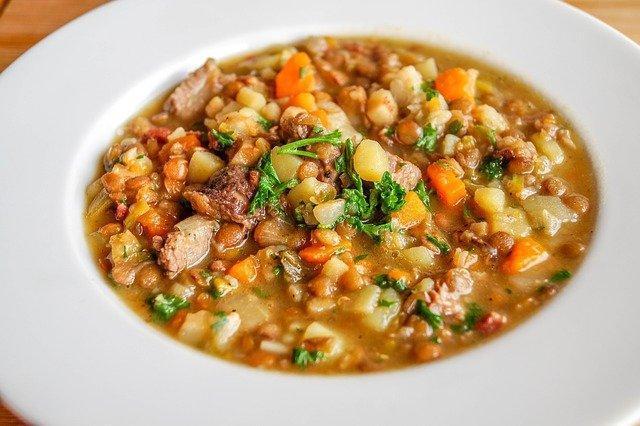
Kulthi dal: Benefits
The nutrients and photochemical present in kulthi dal impart various physiological benefits, starting from relieving from intestinal diseases, diabetes, heart diseases, prevention of dental carries to treating kidney stones, urinary diseases, piles, common cold, throat infection, fever, etc.
It act as antioxidants –
Free radicals are like naughty kids, run here and there constantly, and may break a few of your nice showpieces. Free radicals are produced constantly in our bodies as a by-product of numerous biochemical reactions.
You need antioxidants to keep them under control. Antioxidants club with the free radicals and prevent them to poke the cell wall of your arteries, eyes, skin, etc which may lead to developing clogging of arteries, cataracts, wrinkles of the skin, etc.
Kulthi dal is rich in polyphenols, flavonoids, and proteins. It has the property to scavenge free radicals. It helps to keep the blood clean. (2)
It’s helpful to control diabetes
Once we eat some food, the carbohydrate of the food gets digested and form glucose. Then this glucose should get into your cells and produce energy. However, in the case of diabetic patients, the glucose formed does not get absorbed by the cells.
Generally, insulin helps to absorb the glucose in the cells. In diabetes, cells often do not respond to insulin and the glucose level remains high in the bloodstream.
Myricetin, a polyphenol, present in Kulthi dal exhibit the antihyperglycaemic effect. It’s an antioxidant that helps to keep the blood glucose level under control. It also reduces the insulin resistance of the body. (1, 2)
Useful for common cold, throat infection, and fever
In Ayurveda, it is considered a hot food. During common cough, cold, fever, chest congestion, etc, kulthi dal soup is recommended. It is believed that the soup will help to clear the congestion, reduce the fever, and will ease the breathing process.
When viruses/ bacteria attack our bodies, then our immune system tries hard to protect us. As a result, we often end up getting a common cough, cold, fever, etc. Scientific research also suggests that the antimicrobial properties and isoflavones of the Kulthi dal soup help to relieve cold, cough, and throat infections. (3)
It’s heart-healthy and helps to reduce cholesterol
The seed coat of the kulthi dal is very high in fiber and phenolic compounds which are potent antioxidants.
As mentioned earlier, antioxidants help to scavenge with the free radicals and protect the heart from developing atherosclerosis (narrowing of arteries), etc. It helps to reduce bad cholesterol and protects heart health. It increases the fecal excretion of cholesterol. Therefore consumption of Kulthi may give you much more benefits than you can imagine. (3)
It can clear constipation
You need fiber, soluble and insoluble both to cure your constipation. Soluble fiber helps to absorb important nutrients, keep blood glucose levels under control. On the other hand, insoluble fiber helps to increase the bulk of the stool. Keep it soft and reduce the colon transit time.
Kulthi dal is high in both soluble as well as insoluble fiber. Apart from its fiber content, it’s also a rich source of magnesium. Therefore it helps a lot to clear constipation. (4)
It may cure Piles
Piles are painful, embarrassing, and very annoying. People who suffer from chronic constipation often struggle with piles. Regular consumption kulthi dal helps to relieve the pile’s pain. The water of overnight soaked kulthi dal relaxes the body and pain. (3)
Helps in better digestion
If you are someone who often struggles with indigestion, acidity, overnight soaked kulthi dal water in the morning empty stomach may help to fix the problem.
Effective to kill the warm infestation
Worm infestation is common. Adults, children all get affected by this from time to time.
Kulthi dal has antihelminthic properties. Research has found it to be very effective on parasitic worm infestation.The water may be given to the babies to kill the worms. (3)
Kulthi dal may fix Leucorrhea, urinary discharge
It is another annoying problem many women faced. Leucorrhea is generally the whitish discharge from the vagina, which many women experienced especially during pregnancy. However, the color of the discharge may vary. It’s a highly uncomfortable and sanitary concern for women. Overnight soaked kulthi dal water seems to be very helpful to fix this problem. (3)
Good source of protein
Kulthi dal is a good source of protein that is highly underutilized. It contains all most all the essential amino acids need for general growth and development except tryptophan. Mixing it with rice complement the amino acid profile to each other and become a complete protein. Therefore taking kulthi dal especially in winter is a sustainable dietary choice.
It may be effective for removal of Kidney stone
The kidney stones are hard deposits of minerals and salts that stick together in concentrated urine. Generally, the stones are calcium oxalates.
It has been seen that kulthi dal water contains at least 2 inhibitors that prevent calcium phosphate (the main element of kidney stone) to crystallise. Therefore consumption of this water helps to remove the kidney stone. (3)
It may help in Weight loss
Kulthi dal is rich in fiber and a good source of protein, almost a perfect combination for weight loss. Since it’s high on fiber, it takes time to get digested. Therefore it helps you to keep full for a longer period of time. Rice with thiss dal along with salad and sabzi can be a perfect weight loss meal.
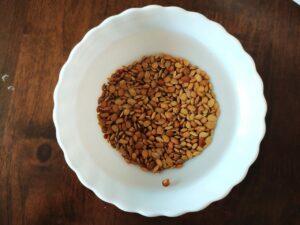
Kulthi dal : Side effects
The anti-nutritional factors
Kulthi dal is high in fiber. This is indeed a positive point that helps in weight loss, fixing constipation, piles, protect the heart, control diabetes, etc.
However high fiber has its own downside too.
It also contains a good amount of anti-nutritional factors. They help to prevent the absorption of many macro as well as micronutrients.
Common anti-nutritional factors are –
- Proteinase inhibitors – Protease is an enzyme which helps to break the peptide bonds of protein molecule and make the amino acids more available to our body. This inhibit protease to work.
- Trypsin Inhibitors – Inhibit trypsin, an essential amino acid to become bio available.
- Phenolic and phytate acid – They inhibit the absorption of calcium, iron in the body.
Therefore, regular consumption of kulthi dal without following a proper cooking method (soaking, germinating) may lead to a deficiency of certain nutrients in the body.
It’s a “hot” food
As per Ayurveda, kulthi dal is considered to be a heat-producing food. Thus regular consumption in summer may not be a good idea.
Apart from this, Ayurveda also suggests not to have this if you are suffering from –
Kulthi dal: How to eat?
As mentioned earlier that Kulthi dal contains a lot of anti-nutritional factors, the best way to have this dal is either by
- soaking and/or
- boiling and/or
- germinating
Soaking and boiling
Most of the medicinal benefits will come once you soak the dal overnight. Next morning, wash it thoroughly and then boil the dal for a good time. Strain the dal water and consume it to ensure the medicinal benefits on empty stomach.
You can use the boiled dal to use in any regular sabzi or add seasoning to prepare the usual dal.
You may add this dal to make dalia/ suji porridge or to prepare khichri.
Germination
- Wash kulthi dal for 2-3 times thoroughly
- Soak it overnight
- Next morning, discard the water and wash again
- Cover the dal in a muslin cloth and sprinkle some water
- Keep sprinkling water in every 3-4 hrs.
- Within a day or two, sprouting will start
- Use Kulthi dal spouts for making salad or prepare sabzi with it.
Possible recipe ideas using Kulthi dal
You may add the soaked and boiled or germinated kulthi dal in many Indian preparations like in –
- normal dal
- any sabzi
- khichri
- salad
- soup
- vegetable stew
- dalia/ suji/ oats/ quinoa porridge
- sandwitch
- kheer
Bottom line
Kulthi dal is an underutilized but very powerful food. The nutritional profile is very impressive. It also has multiple medicinal benefits. If you have never tasted it, try it this winter. Eat in moderation and don’t forget to soak and boil or germinate it before cooking.

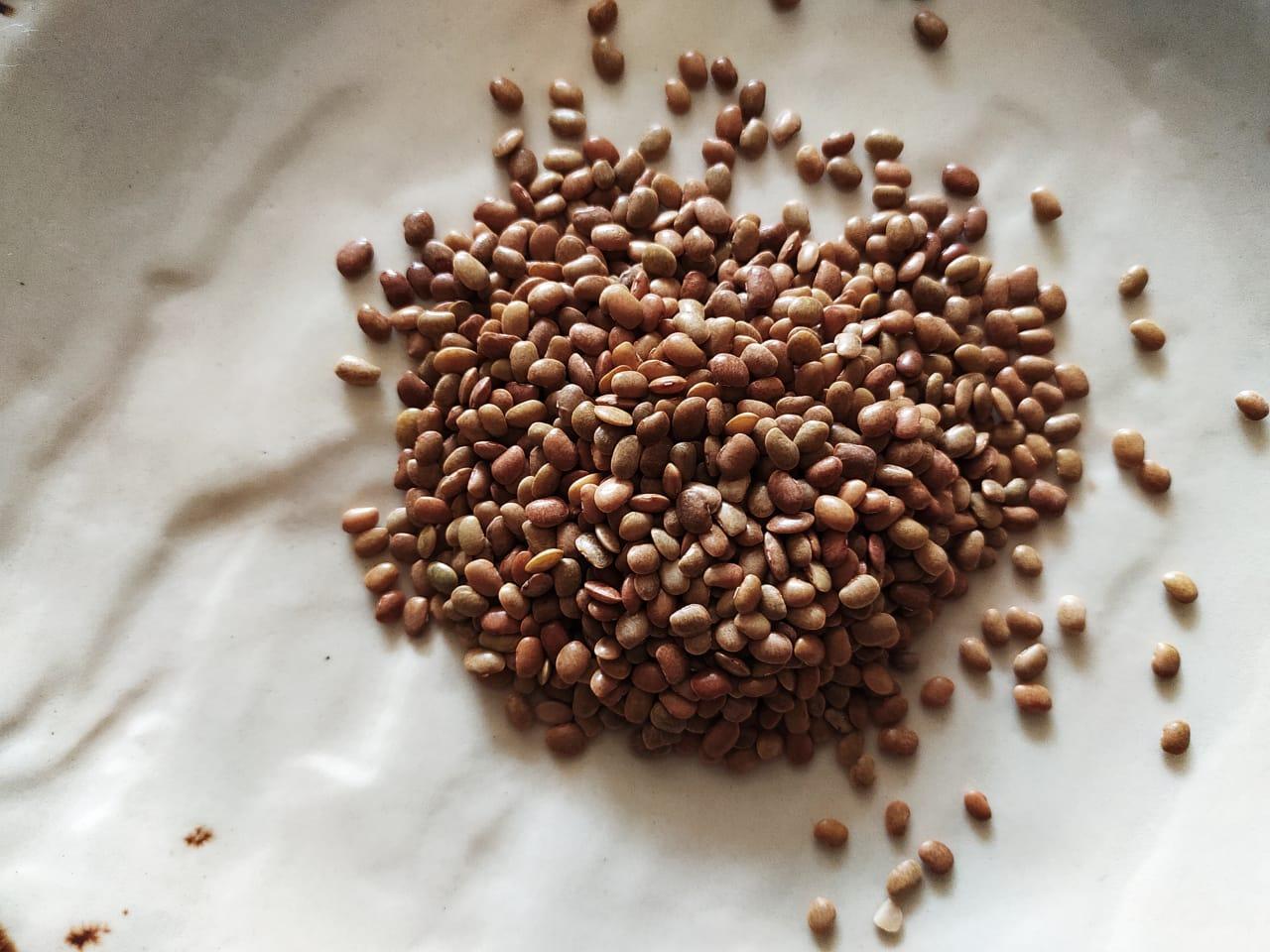
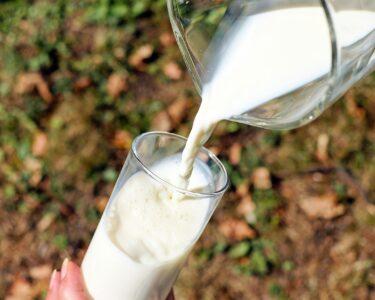
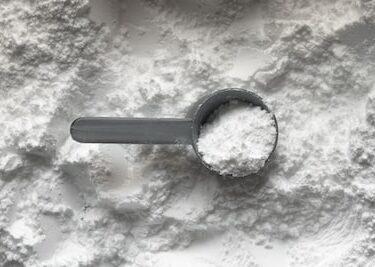


1 Comment